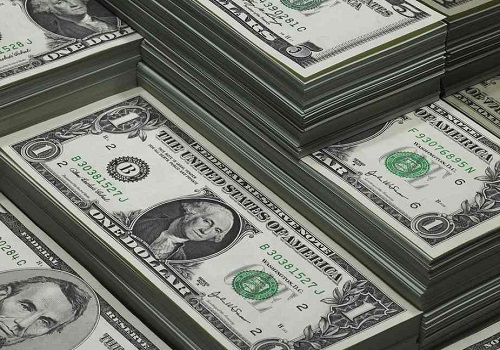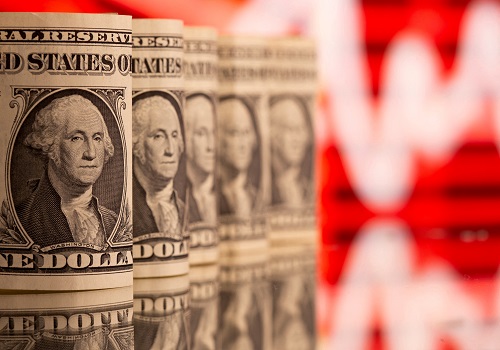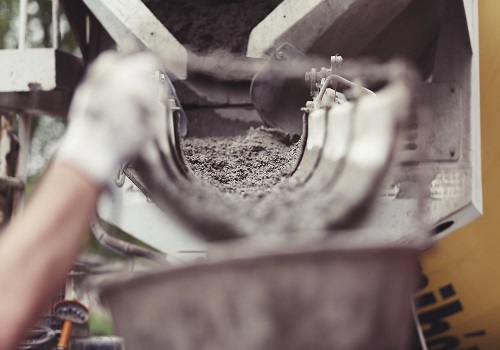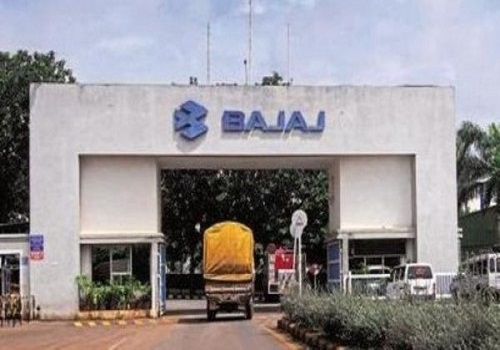India`s demand for yellow metal rises 43% in Q2: World Gold Council

Follow us Now on Telegram ! Get daily 10 - 12 important updates on Business, Finance and Investment. Join our Telegram Channel
Coming out of the grip of economic slump brought in by the coronavirus pandemic, Indias gold demand for the second quarter (April-June) increased by 43 per cent compared to the corresponding quarter last year, revealed the latest report by World Gold Council.
Value-wise India's second quarter (Q2) 2022 gold demand value was Rs 79,270 crore, an increase of 54 per cent in comparison with Q2 2021 (Rs 51,540 crore).
Total jewellery demand in India for Q2 2022 was up by 49 per cent at 140.3 tonnes as compared to Q2 2021 (94 tonnes).
Globally in the jewellery sector, Q2 gold demand increased 4 per cent year-on-year to 453 tonnes, helped by a recovery in Indian demand, up 49 per cent compared with Q2 2021. The strong performance in India balances a significant decline of 28 per cent in China, where the market was dampened by Covid lockdowns that stalled economic activity and constrained consumer spending.
"India's gold demand for Q2' 22 left behind the anxiety caused by the pandemic in Q1 and marked by festivals and wedding buying, grew 43 per cent year-on-year (YoY) to 170.7 tonne. Akshaya Tritiya coupled with traditional wedding buying spurred jewellery demand by 49 per cent to 140.3 tonne, though on a low base as Q2 of last year was impacted by a devastating second wave of covid. Total jewellery demand for H1 (first half) reached 234 tonne which 6 per cent higher y-o-y. Gold investment that is, bar, and coin demand in Q2 was of 30 tonne which is 20 per cent higher y-o-y, whereas H1' 22 demand of 72t at 11 per cent stronger y-o-y. Gold demand drew support from volatility in equity markets and inflation expectations," stated Somasundaram PR, Regional CEO, India, World Gold Council.
The World Gold Council's latest Gold Demand Trends report revealed that global gold demand (excluding OTC) in the second quarter was down 8 per cent year-on-year to 948 tonnes.
Globally gold bar and coin demand remained stable year-on-year at 245 tonnes in Q2. Growth in demand came notably from India, the Middle East, and Turkey which helped to balance weakness in Chinese demand that was partially driven by continued coronavirus lockdowns.
Going into H2'22, jewellery demand in India faces downside risks, due to uncertainty over the economic outlook, a higher import duty and the possibility of additional curbs on gold buying, even if for temporary and tactical reasons with an eye on INR-USD exchange rate, stated Somasundaram.
Upside potential for demand can come from expectations of a normal monsoon, higher inflation and the possibility for range-bound prices, he added.
The gold prices increased from Rs 43,994 per 10 grams on March 31, as against Rs 46,504 per 10 grams on June 30, he said.
Total gold recycled in India in Q2 2022 increased 18 per cent to 23.3 tonnes, compared to 19.7 tonnes in the same period last year.
The quarter also witnessed 34 per cent growth in imports at 170 tonnes, compared to 131.6 tonnes in the same period in 2021.
Somasundaram said, even as demand makes a recovery towards near-normal, the Indian bullion market is altering with some fundamental structural reforms such as mandatory hallmarking and exchange trading.
"The proposed launch of the India International Bullion Exchange (IIBX) will kick-start a journey to make India a trusted and efficient trading hub and extend its influence in the global bullion markets," he said.
IIBX is bound to emerge as a credible global entity in the bullion industry. As the importance of bullion rises in an uncertain world, a trusted eco-system underpinned by IIBX will offer a global advantage to investors in gold. India's efforts to monetise gold will also derive tremendous support from a transparent bullion trading system in GIFT City, he added.
Globally central banks continued to buy gold. Global official gold reserves grew by 180 tonne in Q2, taking H1 net purchases to 270 tonne.
The report asserted that some macroeconomic factors such as aggressive monetary policy tightening and continued US dollar strength may create headwinds, but upside surprises for gold investment remain firmly on the table.












 320-x-100_uti_gold.jpg" alt="Advertisement">
320-x-100_uti_gold.jpg" alt="Advertisement">












